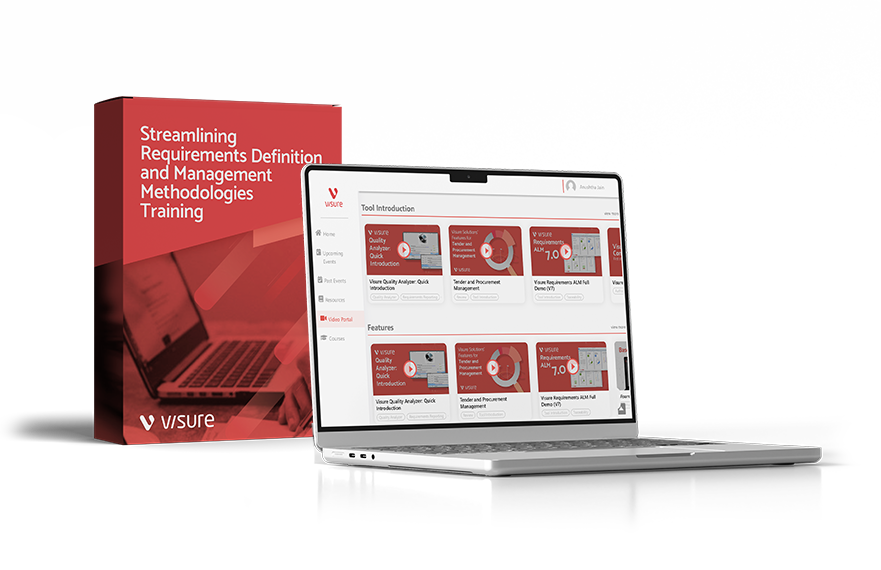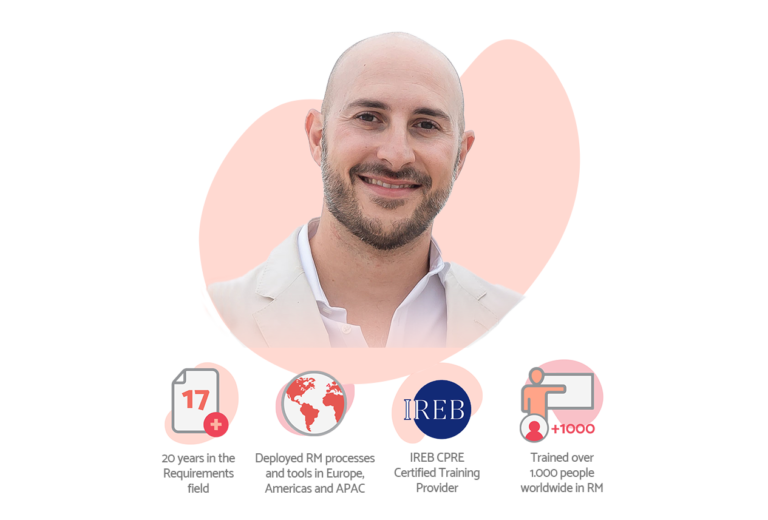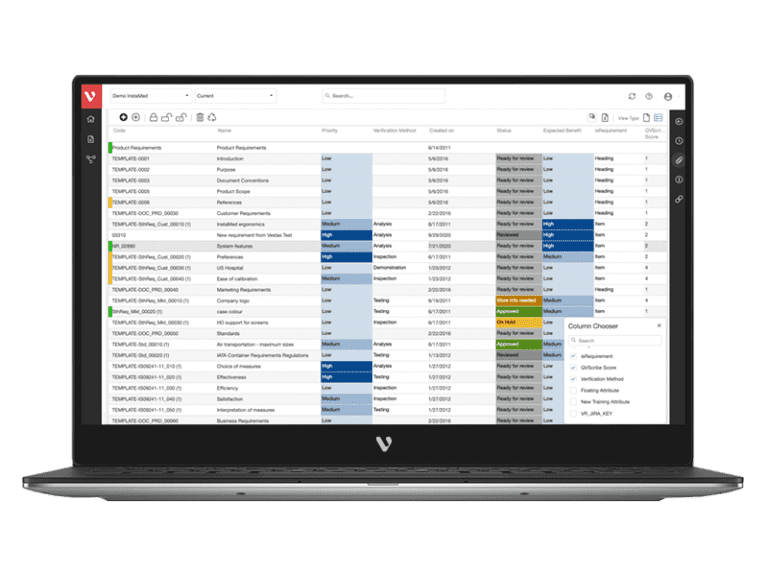#1 REQUIREMENTS MANAGEMENT & DEFINITION TRAINING WORKSHOP
Proven Requirements Management & Definition Techniques to Streamline Your Processes
Unlock your team’s efficiency with the leading Requirements Management training, tailored to safety-critical projects.

Get Started with Visure's Trainings
Please fill out the form below to receive pricing information.
- Most cost-effective
- Certified Training
- IREB Certified
1,000+ Highly Regulated Organizations Trust Visure








Who Is This Training For?
This training is designed for professionals who have to read and write requirements, and teams building complex products and systems in regulated industries.

Functional & Business Analysts

Systems Engineers

Project Managers

Development Engineers

Quality Managers

Methodology Managers

What You'll Learn
Understand the difference between user requirements and system requirements.
How to identify all stakeholders and other sources of requirements.
How to use diagrams in order to represent the system scope.
Know available techniques for requirement elicitation.
How to apply the most common requirement elicitation techniques, such as interviews and prototypes
Understand the use of attributes to characterize and classify requirements.
Understand the relevance of traceability and change management in requirements.
and so much more!
Streamlining Requirements Definition and Management Methodologies Training Agenda
This is exactly what you will learn throughout the training.
Training Introduction: Why Requirements Engineering is required
Module #1: Requirements in the System Life Cycle
Module #3: Requirements Elicitation: Tasks and Techniques
Module #4: Requirements Modeling
Module #5: Requirements Specification
Module #6: Requirements Management: Traceability & Change Management
About our Trainers
Fernando Valera, Visure’s CTO, has been working in the Requirements Engineering field for 20+ years, IREB Certified Trainer, worked with many companies in different industries and helped them improve their processes.
- Safeguards Assets & Resources
- Eliminate, Calculate and Reduce Failures
- Enhances Product Quality & Resource Allocation
- Facilitates Innovation & Decision-Making

What Industry Professionals Say About Visure





As posted in G2, SoftwareReviews and TrustRadius.
Streamline Your Processes.
Enforce Compliance & Traceability.
Accelerate Your Timelines.
- Most cost-effective
- Access All Features
- 14-day Trial

On average, our customers experience:
See what’s possible with Visure
PER PROJECT
TO MARKET
PREPARING FOR AUDITS
